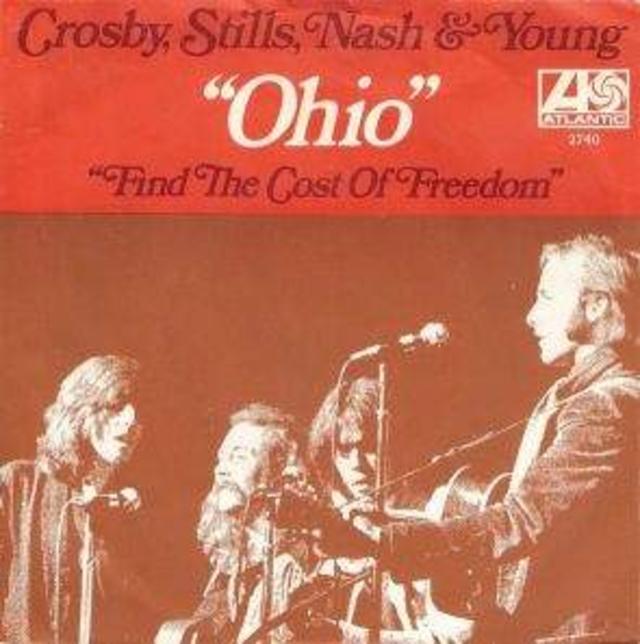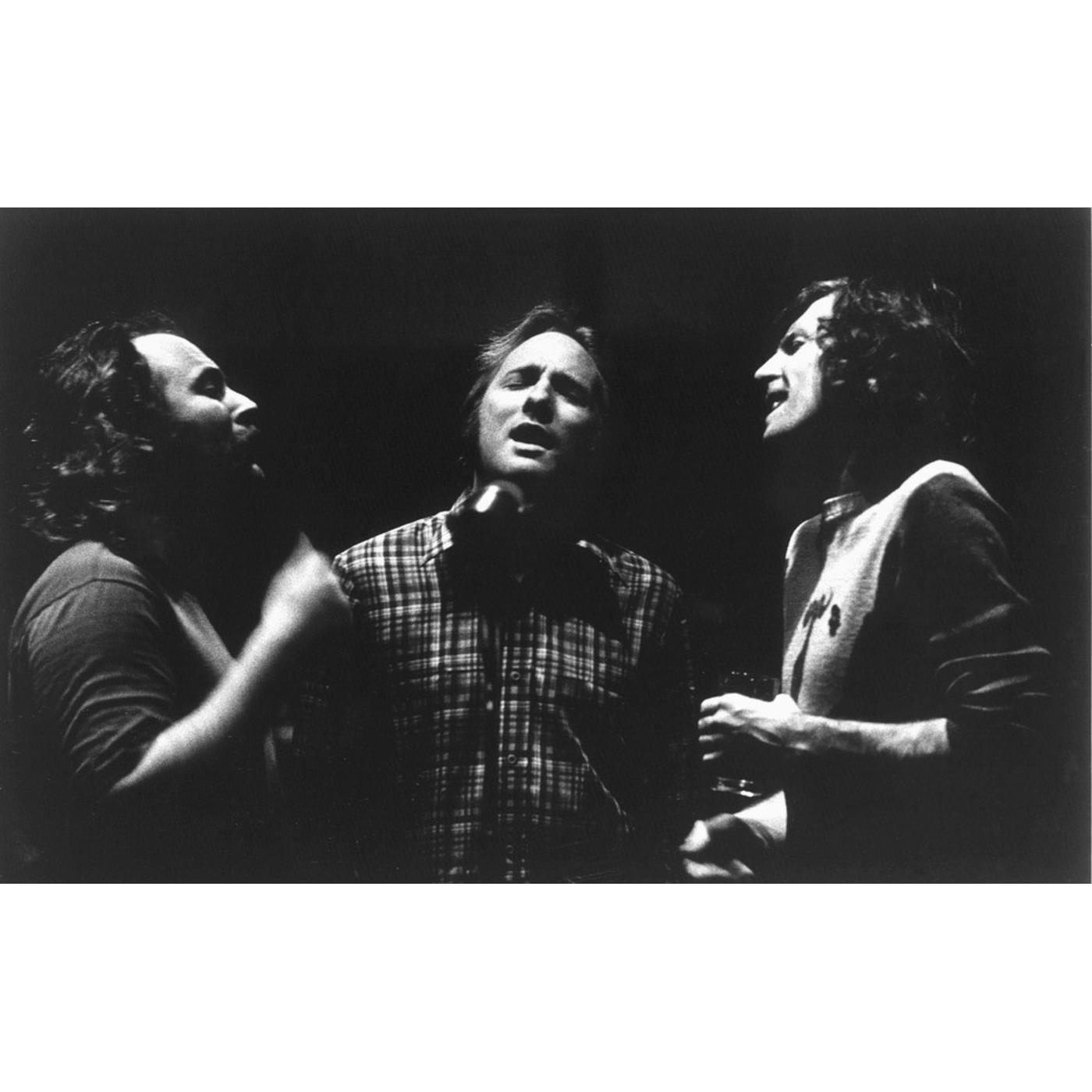Rhino Factoids: A Tragic Event Inspires an Iconic CSN&Y Track

Today marks the 45th anniversary of the event which inspired Neil Young to write one of Crosby, Stills, Nash & Young’s most iconic songs: the Kent State University shooting.
The whole thing started on April 30, 1970, when President Richard M. Nixon revealed that American combat forces had commenced the so-called “Cambodian incursion.” It would be fair to say that many an educated college student did not take this news well, and their dissatisfaction with these actions was expressed through rallies and protests throughout the United States. Unfortunately, many of these protests were not nearly as non-violent as they perhaps should’ve been, resulting in a state of emergency being declared on May 1 by Kent’s mayor, LeRoy Satrom, and by the following day, Satrom had grown antsy enough from various threats, rumors, and actions to call Ohio Governor Jim Rhodes and put in a request for a National Guard presence in the city.
Now, to be fair, by the time the National Guard arrived late in the evening of May 2, there’d already been a fire set at the Kent State campus’s ROTC building, and as the building burned, more than a thousand protesters surrounded the conflagration, some of them not only cheering on the flames but actually slashing the fire hoses being used to try and put out the fire. Arrests were made, tear gas was utilized, and at least one student was wounded with a bayonet, which sounds bad enough, but after Governor Rhodes made the tactic error of holding a press conference on May 3 during which he called the protesters “un-American,” pounding his fists on the desk from which he was speaking and threatening to ban further demonstrations, things began to get even worse.
And so we come to May 4, the day when a protest which began at noon – and, unlike previous days, had begun in a perfectly non-violent fashion – was abruptly interrupted by two National Guard units, attempting to disperse the students. The reaction from the students was, again, not as nonviolent as it perhaps should’ve been, with the protesters throwing rocks. The National Guard came back with tear gas and got more rocks for their trouble. In turn, they retreated for a time before returning with bayonets and rifles, a decision which understandably inspired a number of departures, but some protesters still remained…and at 12:24 pm, things went horribly, horribly wrong.v
It started when a National Guardsman named Sgt. Myron Pryor decided to start firing at students with his .45 pistol. Other guardsmen followed suit with their rifles. By the time all was said and done, nine students had been wounded and four had been killed. Of the four dead, two of them weren’t even protesters, just a couple of kids who’d been walking to class, and the other two, although they had been protesting, were still a few hundred feet away from the guardsmen and could in no way have been perceived as a threat.
So, yeah, if you’re looking for a moment that created an “us vs. them” environment between the youth of America and the adults who were making the decisions for their nation, there you go.
Between the television coverage and the photographs of the tragedy and its aftermath that ran in LIFE Magazine, there was an understandable – and considerable – uproar around the country, and when Neil Young picked up that particular issue of LIFE…well, we went into a bit more detail about how things went down on that when we wrote about the anniversary of the recording of “Ohio” last year, which you can read right here, but now that you know what went down, don’t expect to ever hear the song the same way again.


